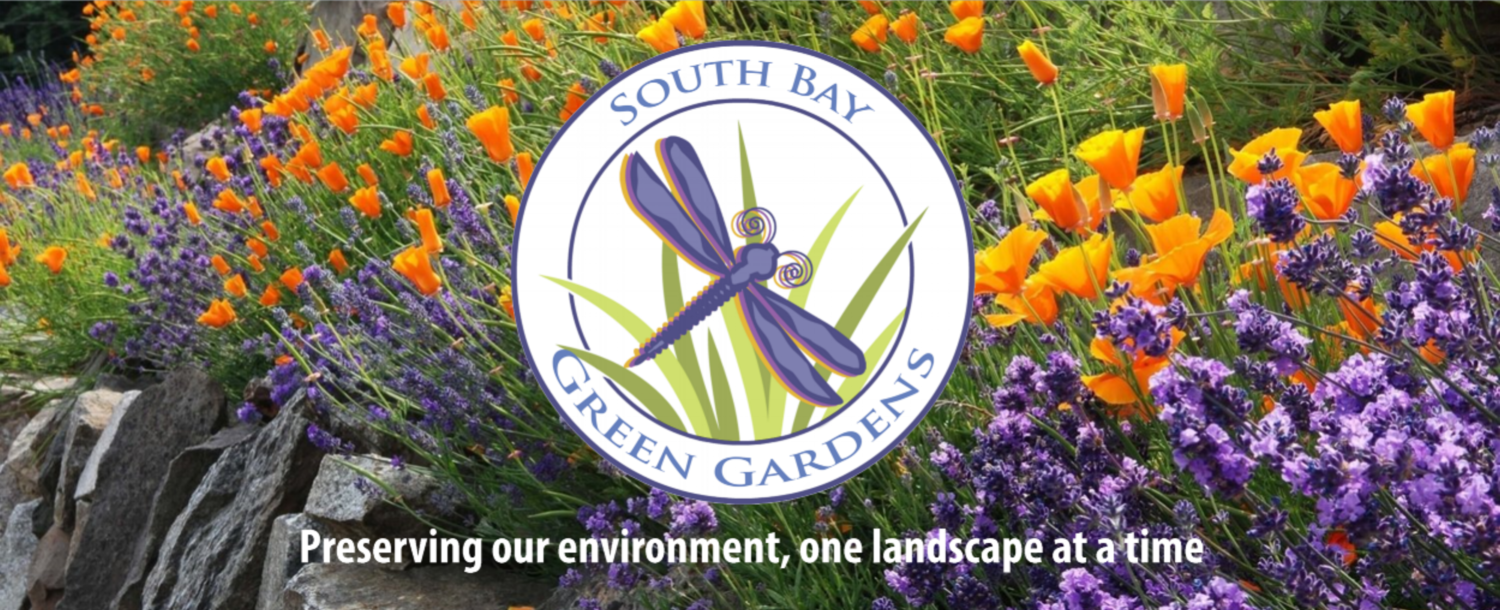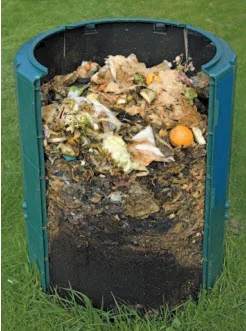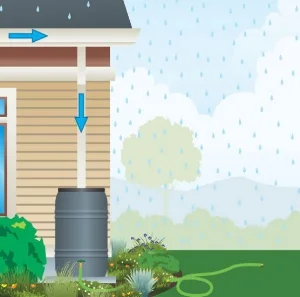Sustainable Garden Features
What are some of the hallmarks of a sustainable garden? Certainly it starts with plants that are appropriate for our climate and area. But there are other features that all add up to a garden that is not just beautiful, but also sustainable.
To view our Rainwater Management / Green Infrastructure page, click here.
To view the Watershed Watch page on Green Streets, click here.
Permeable Surfaces
Permeable surfaces allow stormwater to move through the surface, reducing water runoff and filtering pollutants from the water. This includes a wide variety of materials and techniques, including stepping stones with mulch or sand between them, decomposed granite or gravel pathways, etc. For more information about using permeable surfaces, download our Fact Sheet here.
Compost
In nature, leaves and twigs fall to the ground and become compost as they decompose. This compost is alive with beneficial microorganisms that break down organic matter into nutrients that are essential for healthy plants. You can establish this healthy process in your own yard by using compost. For more information about using compost, download our Fact Sheet here.
Fertilize Naturally
Natural landscapes fertilize themselves as soil organisms break down and recycle dropped leaves into nutrients. Your garden can use this process to maintain health and beauty without routine addition of fertilizer.
Fertilizers should be used only after the need has been assessed. To determine if you need fertilizers, you must know your soil. See the Start with Healthy Soil Fact Sheet for information on how to test your soil.
For more information on how to fertilize your garden naturally, download the Fact Sheet here.
Rain Garden (Bioretention Area)
Bioretention areas or rain gardens are landscaped areas that use a special soil mix to remove pollutants from stormwater runoff. They are planted around buildings, in parking lots, curb extensions, park strips, traffic circles, along street edges, and in medians. Rain gardens help:
Retain water in the soil
Reduce runoff and pollution to our creeks and Bay
Attract beneficial wildlife
May reduce the risk of flooding on your street
Find more information about installing rain gardens in your yard.
No room for a rain garden? Divert downspouts to a vegetated area.
Rain Barrels and Cisterns
Rain barrels or cisterns can be used to collect and store rainwater for use in landscape irrigation and toilet flushing. There are a variety of styles available to complement décor.
Rain barrels:
Can be relatively inexpensive; consider reusing or repurposing a discarded barrel
Are easy to connect to existing downspouts
Cisterns:
Are available with a much higher capacity than a standard rain barrel.
May be installed above or below ground.
Find more information on installing rain barrels.





